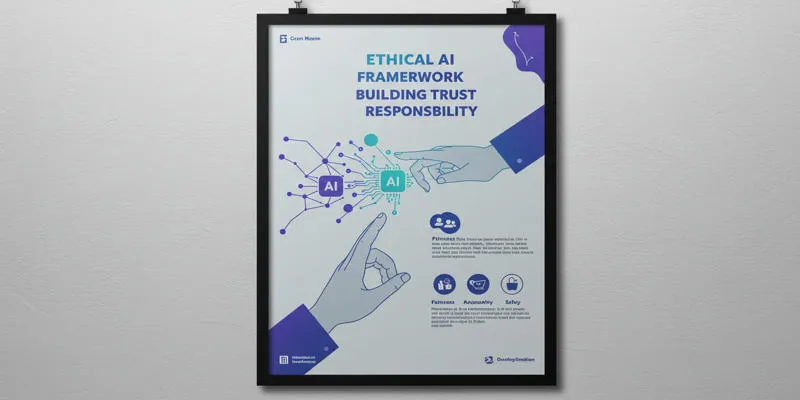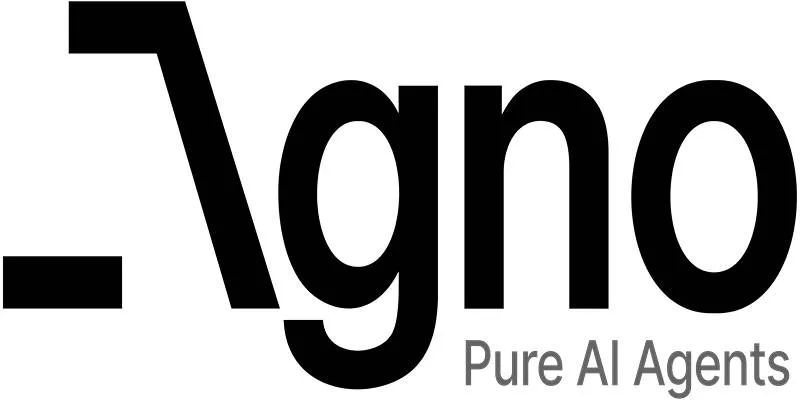Introduction
Quantum computing is beginning to show real promise in solving some of medicine’s toughest problems, and IBM is leading much of that progress. One area seeing fresh breakthroughs is antibiotic treatment. As bacteria evolve resistance to existing medicines, developing new antibiotics becomes increasingly challenging. While artificial intelligence (AI) already aids in analyzing data and predicting effective medicines, it’s limited by the processing power of classical computers. IBM’s quantum computers empower AI to explore complex biological systems, enabling scientists to discover better treatments for resistant infections and accelerate antibiotic development.
How Quantum Computing Supports AI in Antibiotic Research
AI has become indispensable in medical research, especially for handling the massive and complex datasets in biology. In antibiotic research, AI analyzes genetic codes, protein structures, and clinical outcomes to forecast bacterial responses to medicines. However, bacteria mutate rapidly and interact in unpredictable ways, making it challenging to model their behavior using classical computers.

Quantum computing steps in to bridge this gap. Unlike traditional machines, which process one calculation at a time, quantum computers use qubits capable of holding multiple states simultaneously, allowing them to explore numerous scenarios in parallel. IBM’s quantum hardware unlocks new possibilities for AI, enabling it to process biological data at unprecedented depth and speed. For instance, it can simulate bacterial protein folding or predict molecular binding to target sites—insights crucial for designing effective treatments.
By enhancing AI’s capability to handle extensive simulations and datasets, quantum computing broadens the search for new antibiotics. Researchers can test millions of potential molecules simultaneously, identifying promising options with greater confidence and efficiency.
Tackling Antibiotic Resistance More Effectively
Antibiotic resistance is a severe global health threat. Infections that once responded to simple treatments are becoming increasingly stubborn. Current research often relies on time-consuming experiments and slow laboratory testing. AI aids in identifying potential medicines and detecting resistance patterns faster than manual methods. However, its insights are limited by the computing resources needed to test every biological variable.
IBM’s quantum computers help AI overcome this bottleneck by enabling simulations of bacterial processes at the molecular level. They can model how bacteria might evolve in response to specific medicines or identify combinations that could overwhelm a pathogen’s defenses. This approach reduces wasted experiments, allowing more focus on promising candidates. Quantum-enhanced AI can even predict future bacterial resistance patterns, enabling proactive medicine design. This helps researchers stay ahead of evolving pathogens and slow the spread of resistance.
Faster Discovery of New Antibiotics
Most antibiotics have been developed by modifying existing compounds. However, as bacteria catch up, the supply of novel medicines diminishes. Discovering new antibiotic classes is challenging due to the vast chemical space researchers need to explore. Classical computers are too slow to test all potential structures and predict their efficacy.

IBM’s quantum computing changes this dynamic by allowing AI to explore chemical space more thoroughly. Quantum algorithms accurately model molecular behavior at the quantum level, predicting interactions with bacterial proteins and membranes. This narrows down potential candidates before synthesis, saving years of trial and error. AI can then rank these candidates, focusing attention on those most likely to succeed.
By uncovering new chemical possibilities and identifying patterns missed by classical computers, quantum-enhanced AI aids in discovering antibiotics that work in novel ways. These new classes could be crucial for treating infections resistant to all current medicines.
The Future of AI and Quantum Computing in Medicine
IBM’s development of quantum-powered AI is still in its early stages, yet its potential is drawing global attention from scientists and healthcare organizations. While the current focus is on antibiotics, similar methods can be applied to other medical fields, such as cancer treatment design and personalized genetic profiling.
This technology doesn’t replace human expertise but supports researchers by performing calculations and simulations beyond traditional capabilities. Researchers can focus on promising leads, making research more efficient and precise, especially against fast-moving and adaptive diseases. As these tools become more accessible, they are poised to transform healthcare responses to emerging challenges, enabling faster and more effective treatment development.
Conclusion
IBM’s quantum computers are providing AI with a significant boost in combating antibiotic resistance. Traditional approaches struggle as bacteria become more resilient, and even the best classical computers fall short. By enhancing AI’s data processing and simulation capabilities, quantum computing facilitates the development of antibiotics faster, more accurately, and effectively. This synergy between advanced technology and medicine offers a realistic path to staying ahead of resistant infections and discovering new treatment options. The advancements made today could shape the future of infectious disease treatment for decades.
 zfn9
zfn9






















